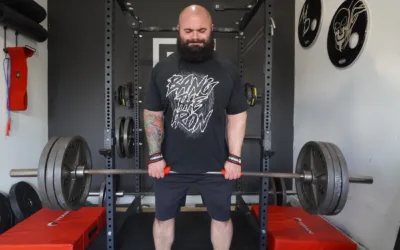Work on These 3 Factors for Faster Sprinting Mechanics
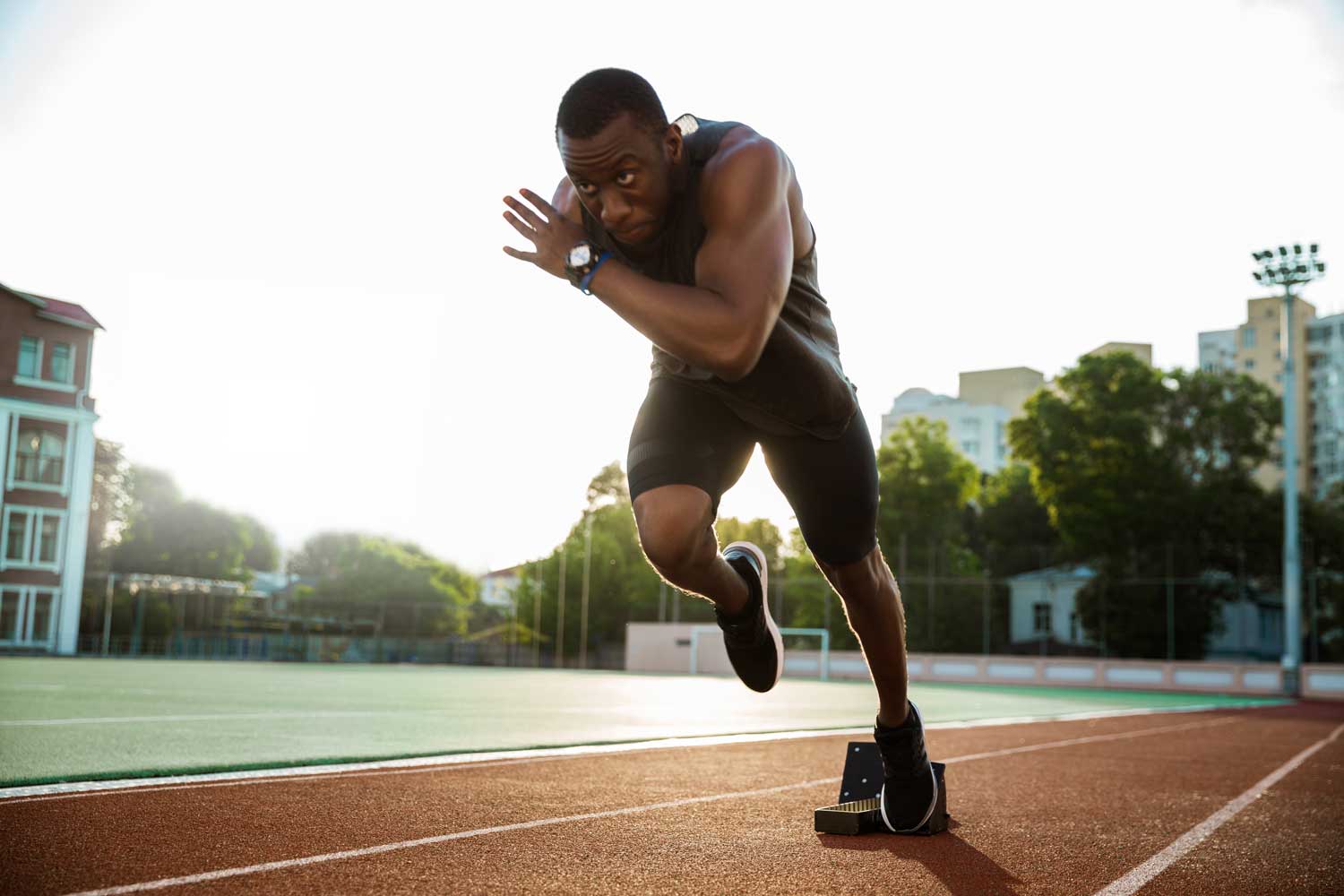
Depending on your sport, your sprinting capacity can make or break your athletic performance. As one of the tenets of well-rounded athleticism, speed can be a tricky thing to train unless you know what to improve. Morey Croson, head speed coach and founder of The Performance Lab of California, offers up the top three things he looks for when training clients to run faster. He focuses on contact time, turnover speed, and distance per step. Check out The Performance Lab Blog for more helpful tips on making speed gains.

Improve your speed training
Speed is the crux of most athletic endeavors—since entire athletic careers can be won or lost on milliseconds, every tiny inch of time matters. The margin of error is so small, and if you’re not measuring, you’re not getting results. Or you might be getting some results, but you’re not hitting your maximum capacity for improvement.
The three ways I measure speed are related to your basic movement patterns:
- Contact time (how long your foot is on the ground)
- Turnover time (how long your foot is off the ground)
- Distance per step (how far your feet travel each step)
Unpacking how you perform in each of these categories can lead to huge improvements in your quickness and agility on the ground.
It always pays to be faster.
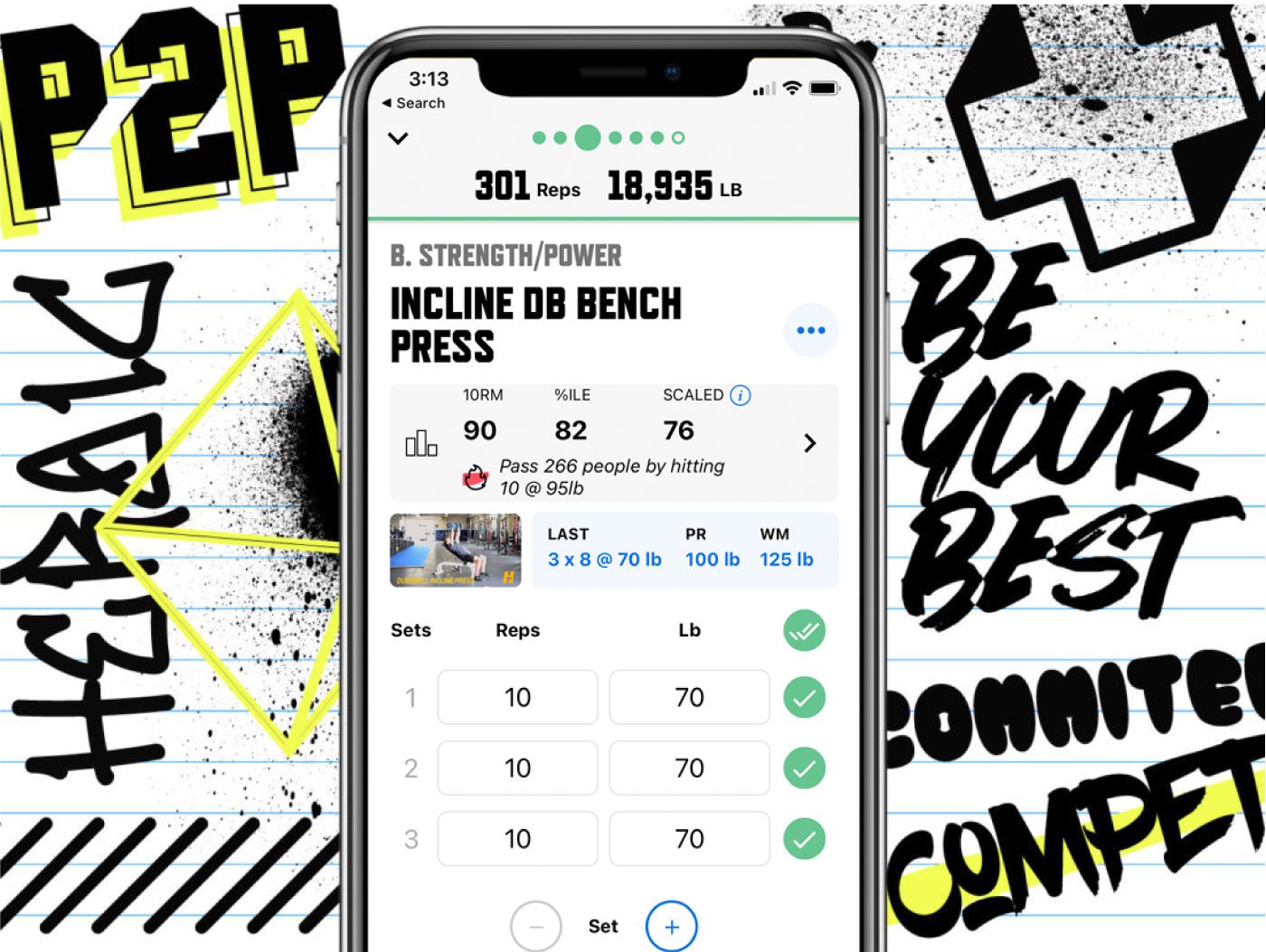

DOWNLOAD
trainheroic’s
free APP
Contact Time
Shortening your contact time is a fairly basic practice involving balance, posture, and proprioception (your body’s ability to sense movement, action, and location).
You can improve here by incorporating more plyometrics—exercises that include a lot of jumping and hopping, plus landing drills, and single leg exercises. Think double-unders, agility work, and single-leg RDLs.
The best sprinters in the world are able to spend under 0.1 seconds on the ground per contact. You can calculate this by taking video of yourself sprinting with a high frame rate. (I recommend getting video of the side, back, and front view for the most accurate results.)
The higher the frame rate, the more accurate the time will be, which will give you a better understanding of what to improve.
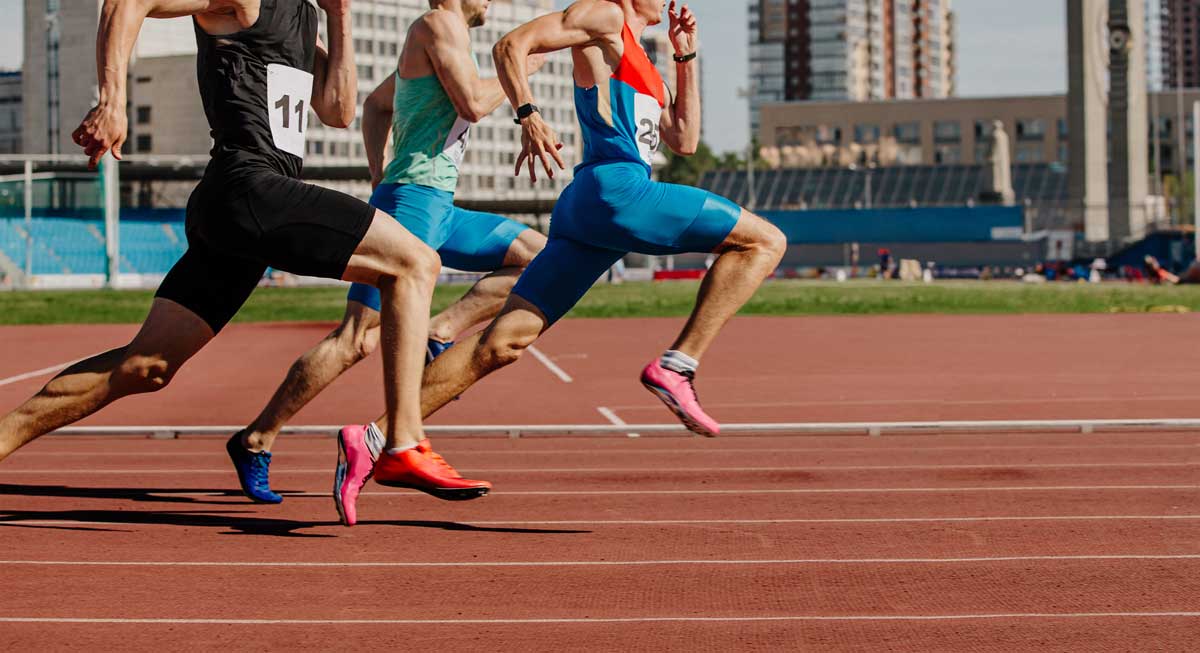
The Marketplace: Shop Expert Programming from Real Coaches
Sometimes all you need to reach your destination on your fitness journey is an expert guide. We’ve got you covered.
The TrainHeroic marketplace is the only place to purchase programming from the World’s best coaches, delivered through the immersive training experience of the TrainHeroic app.
Browse from thousands of programs for any goal and every type of athlete.
Or, join a monthly programming membership to connect with a real coach and community of athletes training just like you. Try any programming subscription free for 7 days.
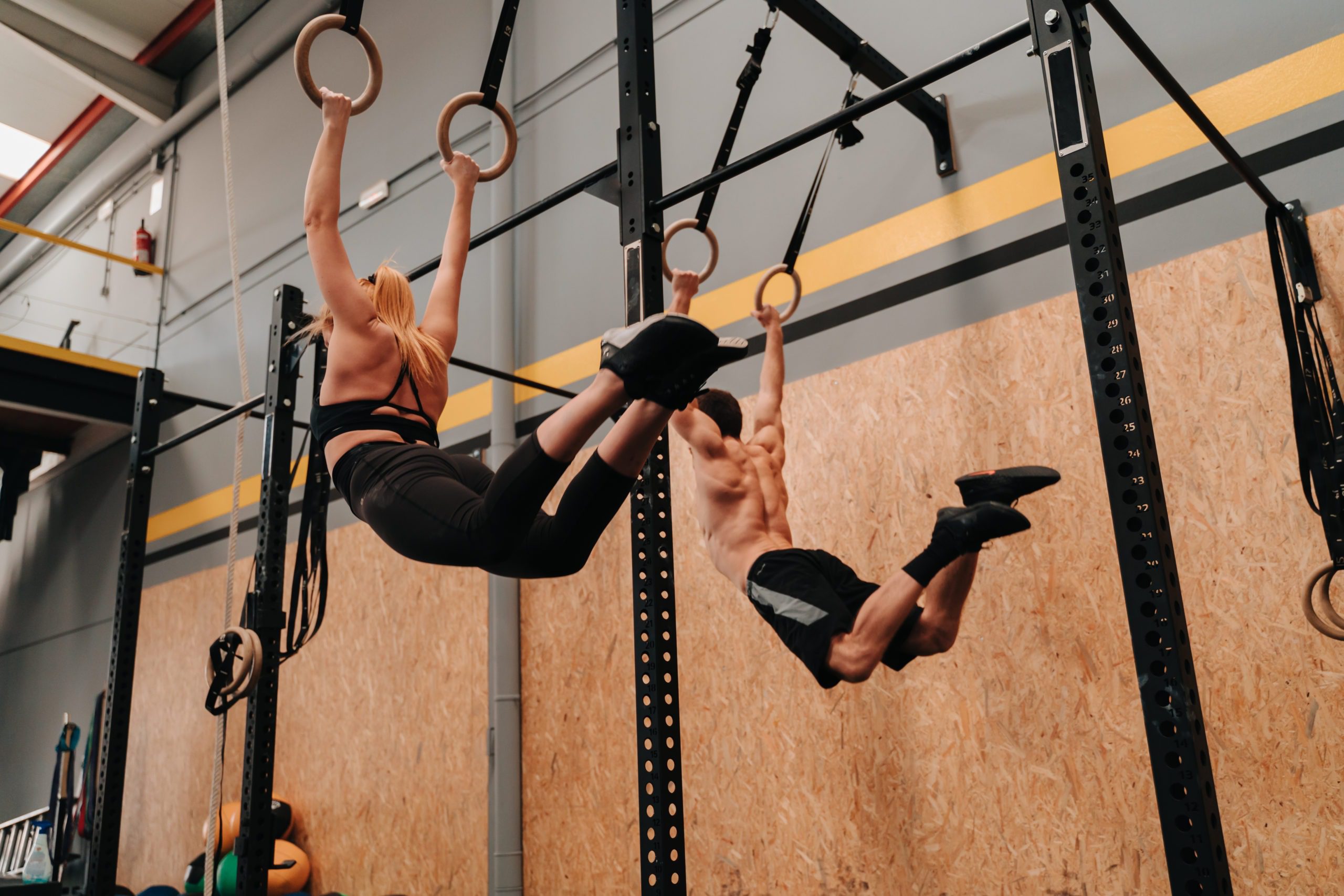
Turnover Time
The turnover time is the amount of time your foot spends off the ground. Short turnover time is essential to any great sprinter in any sport requiring quick footwork. When someone has great natural speed, it’s usually because they have a fast turnover time.
Depending on the height of the athlete, the optimal turnover changes. The taller the athlete, the longer the turnover time is because the athlete should be picking up more distance per step. Generally, this is about 0.35-0.38 seconds for anyone over 6’3”. Shorter athletes typically have quicker turnover times (0.3-0.35 seconds), but they don’t pick up as much distance per step.
When it comes to improving your turnover time, focus on these:
- Developing your core strength and postural stability
- Increasing your foot strength and big toe range of motion
- Improving your arm-swing coordination (how well you coordinate your arms pumping with your steps)
Distance per step
Your distance per step will also depend on your height. In taller athletes, it averages around 2.5 yards per step, or 5 yards per leg cycle. For shorter athletes, this falls around 2 yards per step, or 4 yards per leg cycle.
But there’s a lot of variation here. If you’re not getting much faster after improving your foot contact time and turnover time, then your distance per step is the area to focus on.
When it comes to elite-level times, the distance per step becomes extra important. If you break down the times, each additional step you take (including foot contact time and turnover time) is about 0.45 seconds. This means that if you can stretch your sprint to eliminate a step or even half a step, your speed performance will improve.
This is especially true for a 40, 60, or 100-yard distance. In the 40-yard dash, the difference between finishing in 4.3 seconds vs. 4.5 seconds can mean millions of dollars in draft selection.
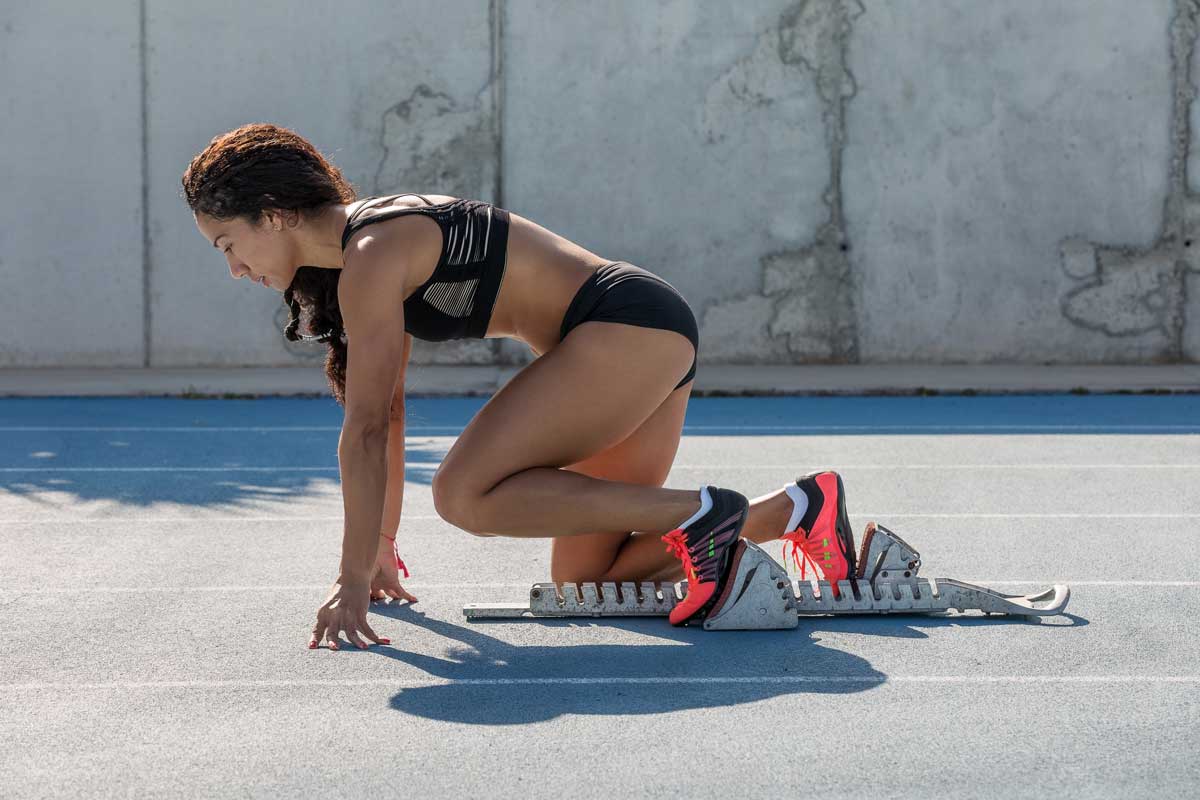
Distance per step
It’s worth your effort to isolate these three areas in order to understand where you can make subtle changes to your sprinting technique. The smallest improvements can ultimately lead to valuable milliseconds of time shaved off.
I find that many athletes looking to improve their speed spend too much time reading or watching videos and not enough time studying their own movements. When you start to break down your own top-end sprinting mechanics, you can better determine your weak spots.
Take the extra time to film your own sprinting and you might be surprised at how much faster your turnover time could be, or that your distance per step could be a hair longer.
If you can measure it, you can improve it.
A novice runner might see improvement simply by doing some squats and deadlifts or integrating more sprinting into their training. But high-level sprinters and elite athletes need to use more detailed, specific measurements to make gains.
The benefits of measuring and tracking your skills go beyond your sprinting results. When you approach your training this way, you:
- are more likely to stay healthy
- can better predict cycles of peak performance
- have a clear road map to achieve specific outcomes
- can easily maintain focus and motivation
The best athletes in the world approach their training in this measured way and there’s nothing stopping you from doing it too.
Related articles
Top 5 Nutrition Tracking Apps to Fuel Your Training
When you’re pushing for PRs in the gym, there’s one variable that matters just as much as your sets and reps: fuel. You can follow the best program in the world, but if your nutrition isn’t dialed in, your progress will reflect that (along with your energy and...
Winter Warfare: How to Bulk Up This Season
It’s that time of the year to wreak havoc and prepare for a massive winter bulk! But wait, what is a winter bulk? What does it take, and how do we achieve it? Joseph Lucero (CSCS), owner of Harvesting Strength, is a powerlifter and strongman coach with years of...
A Simple Guide to Nutrition Tracking
Nutrition tracking: loved by Type A athletes, loathed by everyone else. But it doesn’t have to feel like balancing your checkbook. With the right tools (and the right mindset), tracking becomes less about obsession and more about awareness.Written ByFred ormerod Fred...

Join the community
Sign up for the latest training news and updates from TrainHeroic

About TrainHeroic
Support
Made with love, sweat, protein isolate and hard work in Denver, CO
© 2021 TrainHeroic, Inc. All rights reserved.


